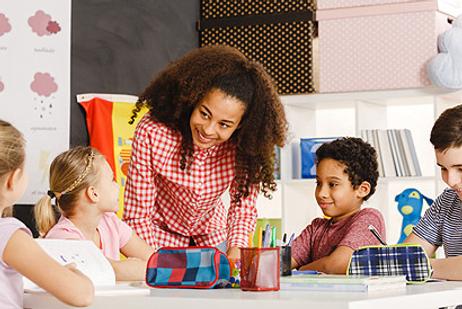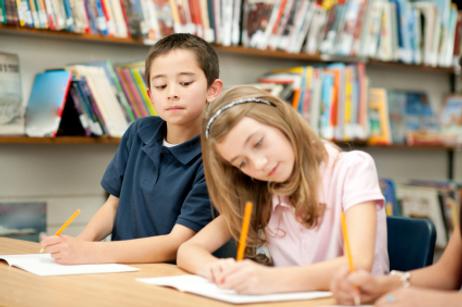The No Child Left Behind (NCLB) act mandated that all public schools evaluate their teachers based upon stricter qualifications. However, not all schools have revamped their employee rosters and hiring checklists, leading parents to wonder, "are my child's teachers still qualified?"
According to the US Department of Education in 2005, all public school teachers must be considered "Highly Qualified" in order to teach. To be labeled as a "highly qualified teacher," instructors must hold a bachelor's degree, full state certification, and proof of subject-area competency.
While the standards of a "highly qualified teacher" are generally reasonable, many schools in the United States expressed challenges in achieving these goals. Specifically, schools in rural areas found it nearly impossible to hire new, "more qualified" teachers than the limited number currently employed. As a result, the mandates of NCLB were revised to allow for more flexibility.
To find out if your local public school teachers meet all of the NCLB qualifications, consider the following standards outlined by the legislation.
NCLB "Highly Qualified" Requirements
The requirements for achieving the "highly qualified" teaching status depends upon one's subject area and additional state-based guidelines. Generally, all elementary teachers are required to meet the following criteria:
- More than 180 days of teaching experience
- Pass state-mandated subject tests
- Certified for all elementary education (as opposed to specific subject areas)
Middle school and high school teachers are required to meet the following criteria:
- More than 180 days of teaching experience
- Passing score on state subject-area tests






















